Cosmic rays are constantly raining down on our planet. Their collisions with the Earth’s upper atmosphere create an endless, invisible – and, thankfully for us, harmless – particle shower on its surface. One byproduct of these collisions is the creation of extraordinarily short-lived particles known as muons that, rather curiously, seem to exist for much longer when moving towards the planet than when created by scientists working in the lab. This whiteboard animation from MinutePhysics explains how this apparent inconsistency is caused by a phenomenon known as time dilation, and, by extension, provides one of the simplest and most repeatable demonstrations of special relativity available to us.
Extremely small and incredibly fast, muons offer amazing proof of special relativity
Video by MinutePhysics

videoPhysics
Logic tells us that antimatter should have annihilated the Universe. So why hasn’t it?
4 minutes
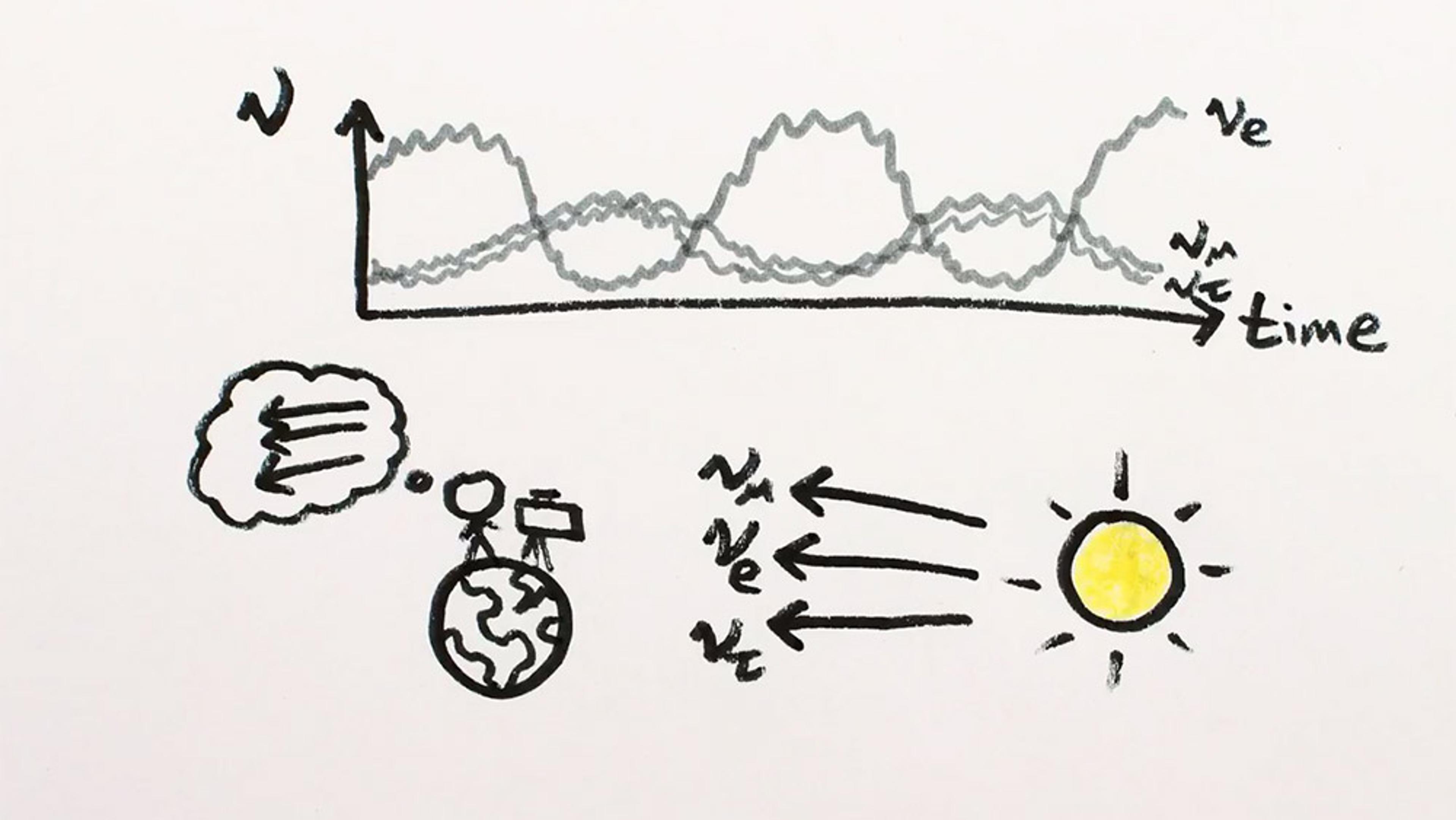
videoPhysics
How the ‘identity agnostic’ neutrino exists in three states all at once
3 minutes
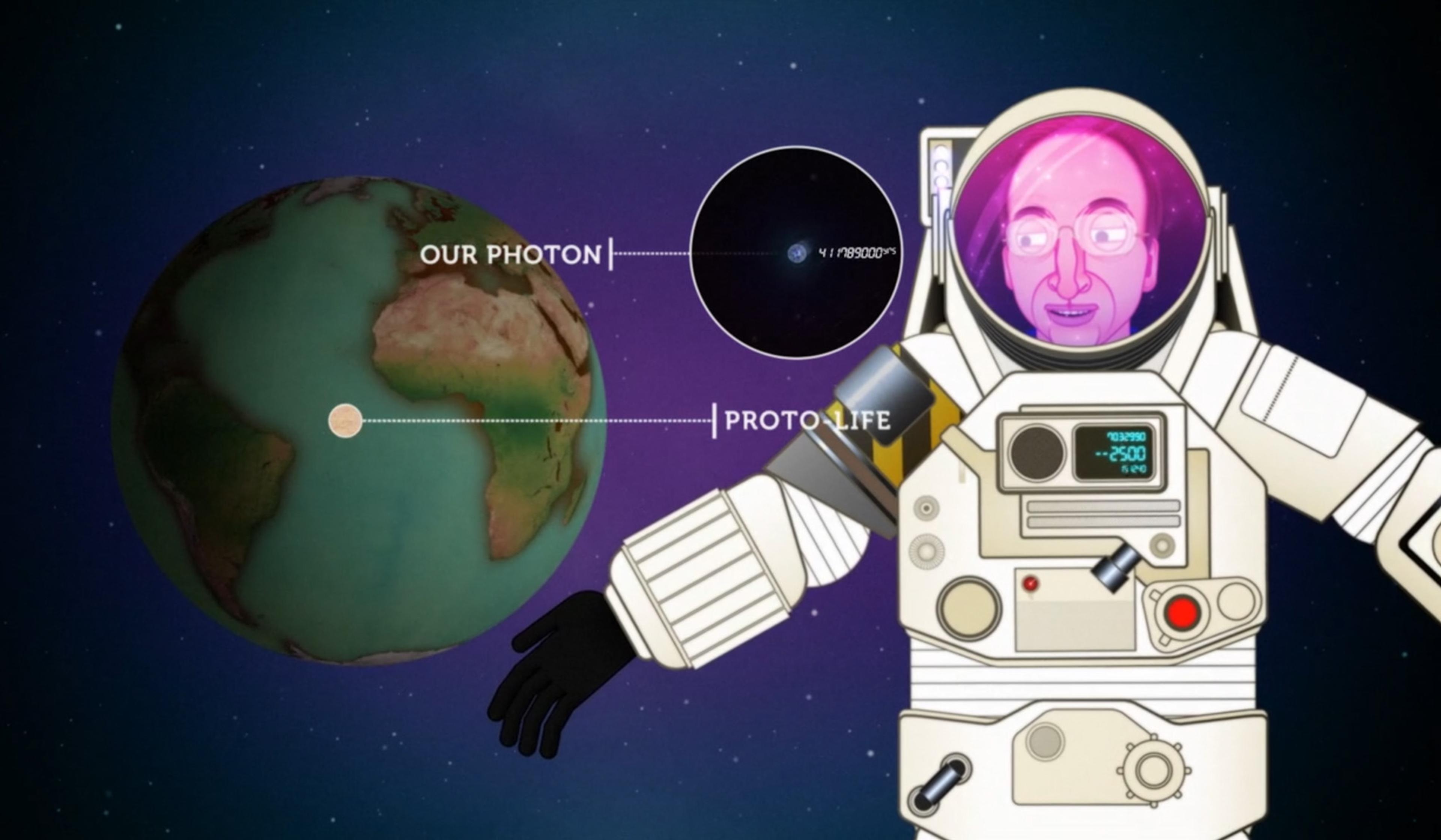
videoAstronomy
Take a 10 billion-year journey with a photon, from a distant supernova to Earth
3 minutes
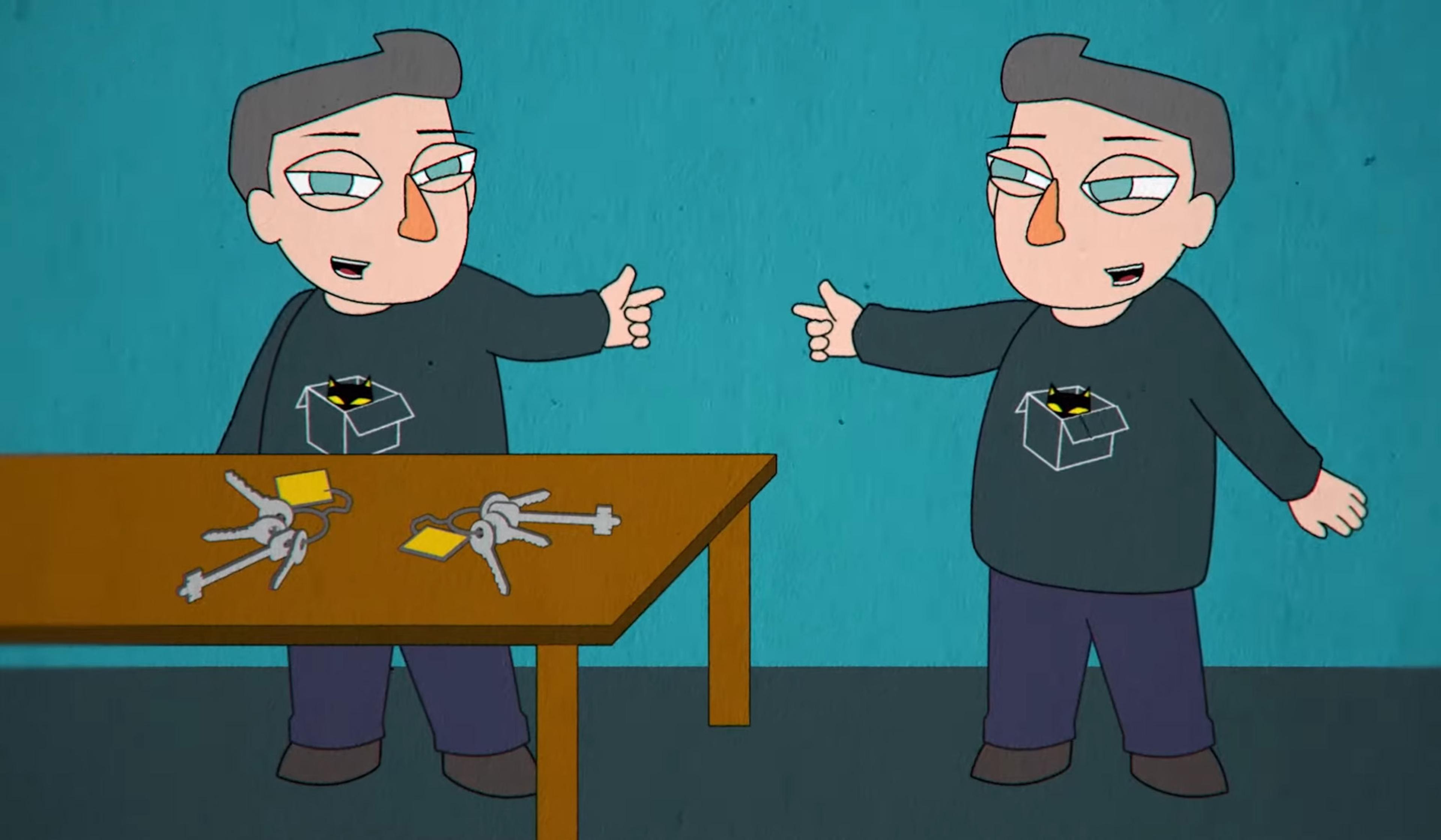
videoQuantum theory
Why aren’t our everyday lives as ‘spooky’ as the quantum world?
7 minutes
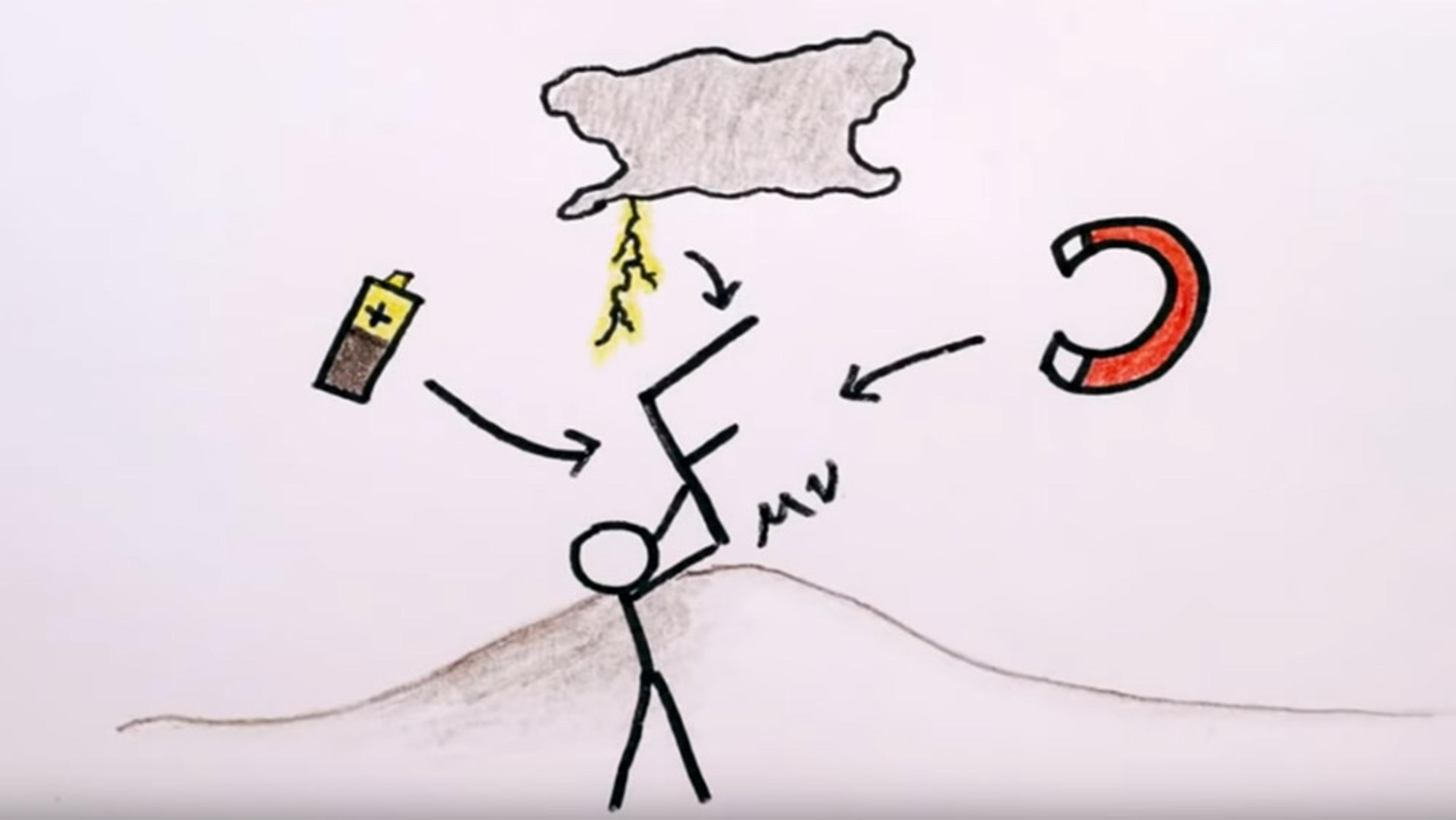
videoPhysics
How two scientists built a bridge between Newton and Einstein in ‘empty’ spaces
5 minutes
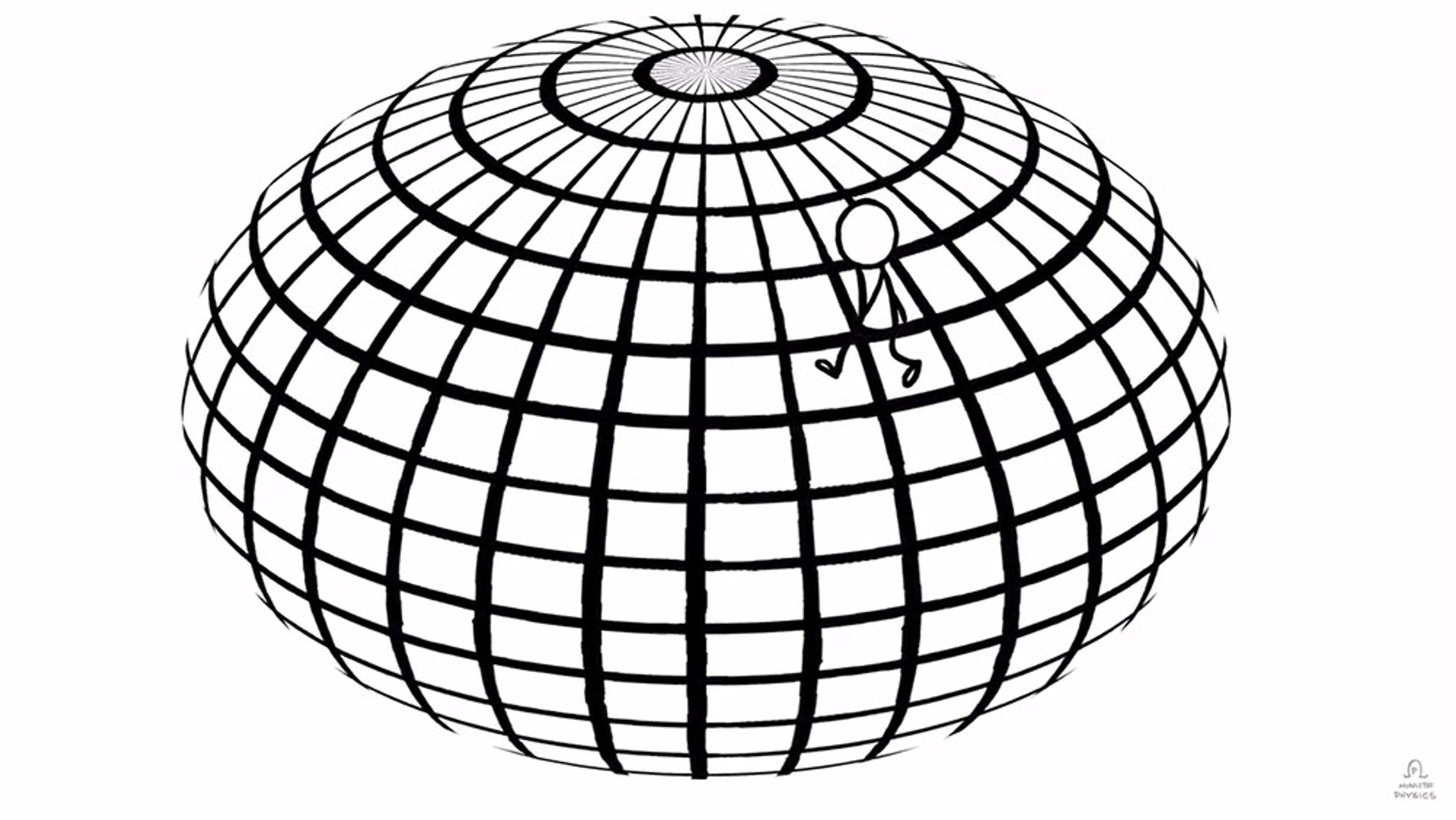
videoPhysics
Why the apparent flatness of space is an enduring cosmological mystery
4 minutes

videoPhysics
An interstellar voyage explores the ‘paradox’ of twins separated by light years
6 minutes
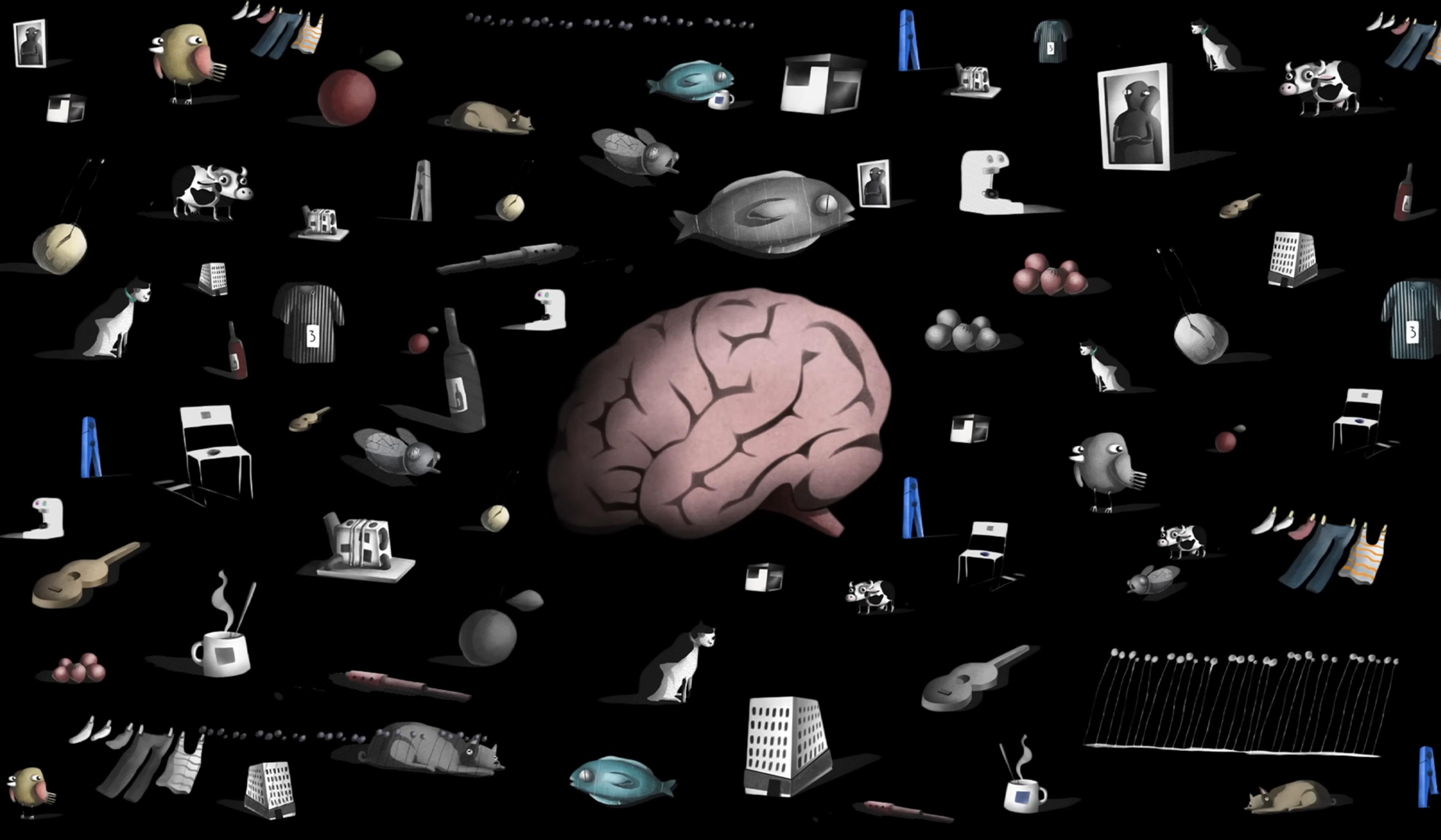
videoLogic and probability
Is it more likely you’re a person with a past, or an ephemeral brain in a void?
6 minutes

videoAstronomy
Visualisations explore what the deep future holds for our night sky
6 minutes